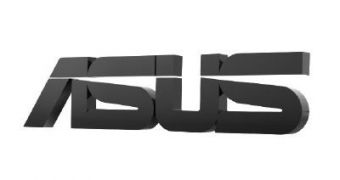Most recent news has been focused on the newly released Pineview processors and how Intel says that NVIDIA's ION will be unpopular because of too many costly and unnecessary features. Still, there seem to be other developments involving NVIDIA technology, which may prove rather appealing to those interested in tablet PCs. After a couple of weeks of rumors quietly whispering of an impending Eee Pad tablet from ASUS, they have evolved and now indicate that the manufacturer is switching from the Intel processor to NVIDIA's Tegra chips.
It is still unclear whether ASUS will be using the first or the second generation Tegra, although the latter is quite possible considering that the technology is already far enough for NVIDIA to showcase it at the 2010 Consumer Electronics Show. Using NVIDIA's chip in its tablet will definitely mark a significant transition, taking into account the fact that the Taiwanese company has been using Intel central processors for the past two years.
Using the Tegra seems to be part of ASUS' plans to diversify its portfolio. The manufacturer has started to release products no longer solely made up of Intel products. The Eee PC line has recently seen AMD and ION-based additions, such as the AMD-based Eee PC 1201T and the Eee PC 1201N, which uses NVIDIA's ION platform and runs on the Intel Atom 330 dual-core CPU.
The rather late launch date of the Eee Pad, currently set for no earlier than March 2010, appears to indicate use of Tegra 2. On the other hand, multitouch capabilities are “as good as confirmed” according to Netbook News. What is currently unknown is the intended operating system ASUS aims to implement. Still, the Windows CE will obviously not be supported (Tegra is ARM-based), which only leaves the Android 2.x OS (that natively recognizes multitouch) and perhaps Chrome OS.
No other details are available, but the next-generation Tegra will, as already mentioned, be showcased at CES 2010.

 14 DAY TRIAL //
14 DAY TRIAL //